News
Tech to End Chick Culling Has Now Been Implemented, but Challenges Remain
Breakthroughs•3 min read
Perspective
U.S. shelters must euthanize millions of animals every year. Why is this done? PETA explains.
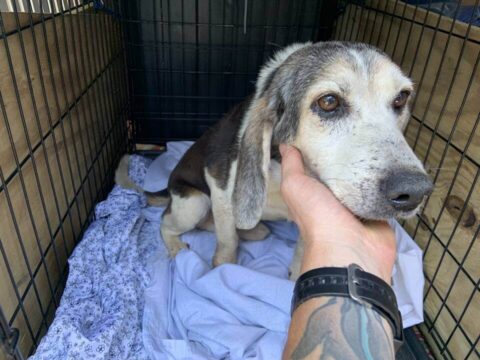

Words by Michelle Feinberg
Three dogs were found dead in the road after being hit by a car. Who’s to blame? Their former owner abandoned them after finding out that his apartment did not allow “pets,” according to the lease agreement. The sheriff’s department didn’t seek charges against the man, however, because he had tried to do the right thing. He had taken them to a few animal shelters, but they all had “no-kill” policies and had refused to accept the dogs.
Facilities that boast of “no-kill” policies rarely have the space to accept additional animals. And when shelters turn animals away, desperate owners can feel that they don’t have any decent options and take matters into their own hands. The animals often end up getting killed in inhumane ways, either by accident, like the three dogs mentioned above, or intentionally. So what does all this have to do with PETA’s shelter?
PETA’s shelter does not and will not ever turn animals away. As a true open-admission shelter, it offers community services that include free end-of-life help to spare animals pain and suffering and allow their guardians—regardless of means—to ensure their comfort to the very end. We never charge fees, require appointments, or put people on waiting lists.
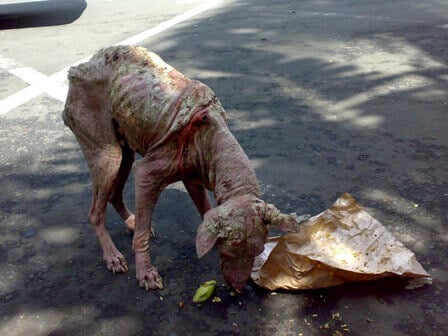
In 2019, PETA’s local program helped more than 26,000 animals in more than 250 cities. Of those, 1,614 feral, sick, suffering, dying, aggressive, and otherwise unadoptable animals were euthanized.
Euthanasia is only one service offered by PETA’s animal shelter. Our team of dedicated fieldworkers delivers custom-built, insulated doghouses; lightweight tie-outs to replace heavy chains; flea, tick, and flystrike preventives; food and water; and much-needed affection to “backyard dogs” in underserved communities—all for little or no cost to their families. We often assist people in keeping animals they are about to give up by helping them deal with behavioral quirks or veterinary bills, keeping beloved dogs and cats with their human families. The team routinely encounters animals who are sick, injured, suffering, or dying because of long-term, chronic neglect. We also offer help with animal emergencies 24/7—for any kind of animal—and we take swift action to be of service in any way we can.
When guardians can see that their animals are suffering and have a low quality of life, euthanasia ends the animals’ pain. This is often the kindest thing we can do for them.
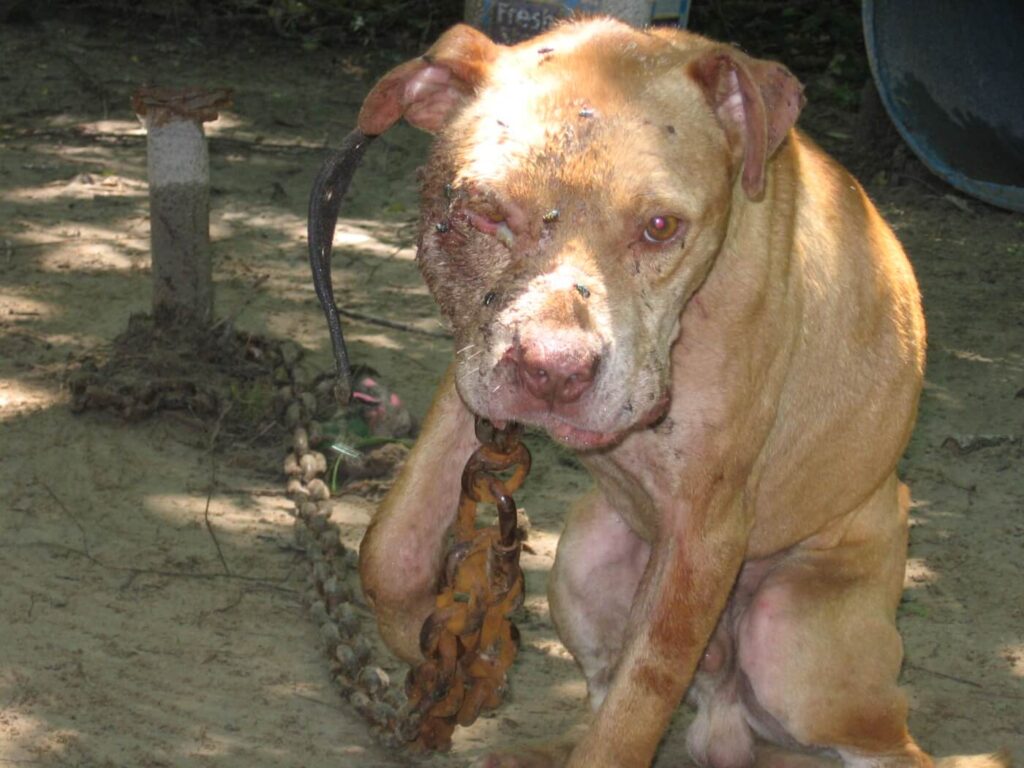
Desperate guardians come to us with sick and dying animals because they don’t have the resources to pay a veterinarian to euthanize them. In the areas that our fieldworkers serve, some of the “backyard dogs” we find have incurable illnesses; horrific injuries that have gone untreated for days, weeks, months, or even years; massive tumors; or prolapsed organs and must be euthanized for humane reasons. Virginia officials speaking about our shelter put it this way to USA Today: “PETA will basically take anything that comes through the door, and other shelters won’t do that.”
PETA’s work for companion animals goes way beyond taking in those who are at the end of their lives and alleviating their suffering. In 2019 alone, we transferred 808 animals to placement partner shelters for a chance at adoption and subsidized their medical care. We found exceptional homes for 53 animals through our own shelter, spayed and neutered 12,561 animals at little to no cost, and helped 984 animals who were about to be given up stay with their families by providing food, grooming, and veterinary care totally free of charge. Since 2001, PETA’s spay/neuter mobile clinics have sterilized more than 180,000 animals, preventing hundreds of thousands of unwanted puppies and kittens from being born, neglected, abandoned, abused, and killed.
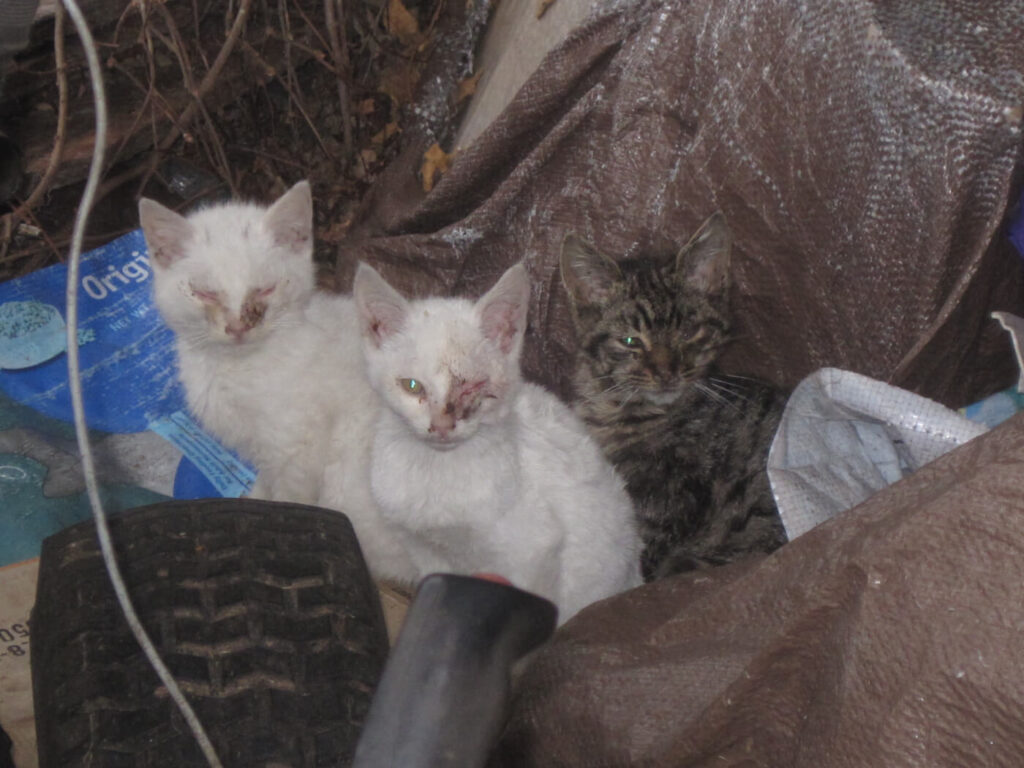
Looking at a shelter’s so-called “kill rate” is a fundamentally and tragically flawed approach to judging its work. Animals aren’t numbers, and an animal shelter’s statistics alone rarely give an accurate picture of the work that the facility does (or doesn’t do) to help animals.
Open-admission shelters’ intake and euthanasia statistics are inevitably higher than those of selective-admission shelters, because the former provide refuge for every animal in need who comes to their doors, rather than picking and choosing which ones to accept, and they also use recognized best practices to make difficult decisions when animals exhibit unsafe behavior, rather than subjecting those animals to the misery of being confined to a cage for years on end.
Some facilities that boast “no-kill” status are often self-proclaimed “rescues” that are actually nothing more than glorified hoarders. In fact, an estimated 25 percent of hoarding cases reported in the U.S. are actually groups calling themselves “rescues,” according to the ASPCA. Such facilities often warehouse animals in filthy crates stacked one on top of another for years, where they slowly lose their minds in despair.
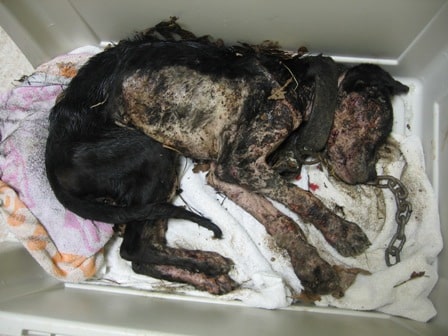
PETA finds exceptional, loving homes for many adoptable animals and has a foster network for those who need special attention. We routinely transfer animals to local placement partners and pay for their treatment for conditions like heartworm disease, skin ailments, injuries, and infections.
One of these animals, Tupac, was found running loose in a rural mobile home park with a large wound on his back. His owner agreed with PETA that he needed veterinary attention and a new guardian who would keep him safe indoors as part of the family. We transferred him to the Norfolk SPCA, where he was lovingly rehabilitated and treated, and he has since been adopted.
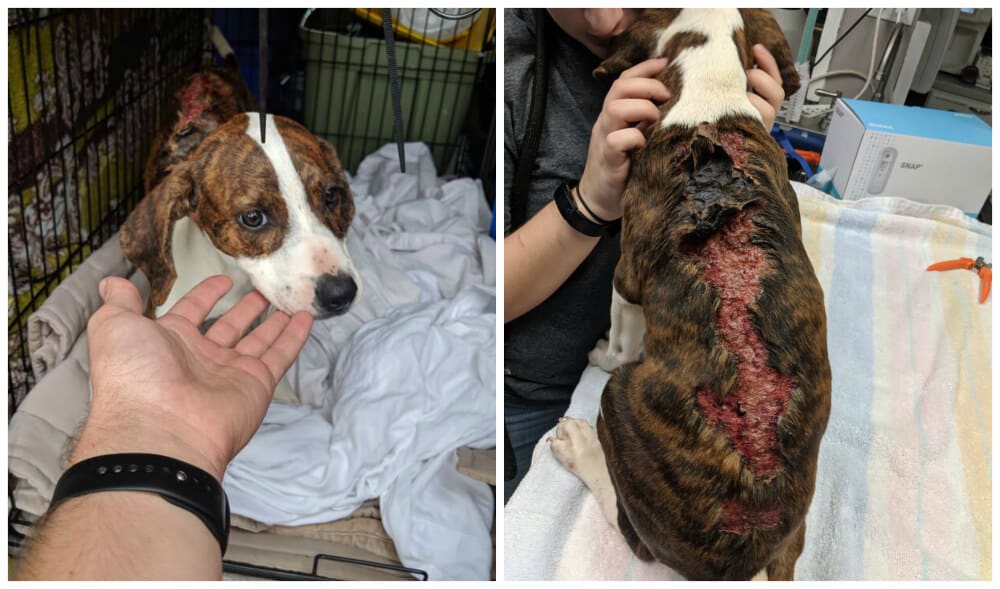
PETA has three mobile veterinary clinics that perform free and low-cost spay/neuter services as well as other surgeries on occasion when guardians can’t afford them. Our dedicated veterinarians also give emergency care when they can. For example, 9-year-old Snowball was diagnosed with pyometra, a potentially deadly uterine infection. Her guardian called PETA, anxious to save her life. Thanks to our mobile clinics, she got the surgery that she desperately needed and her life was saved.
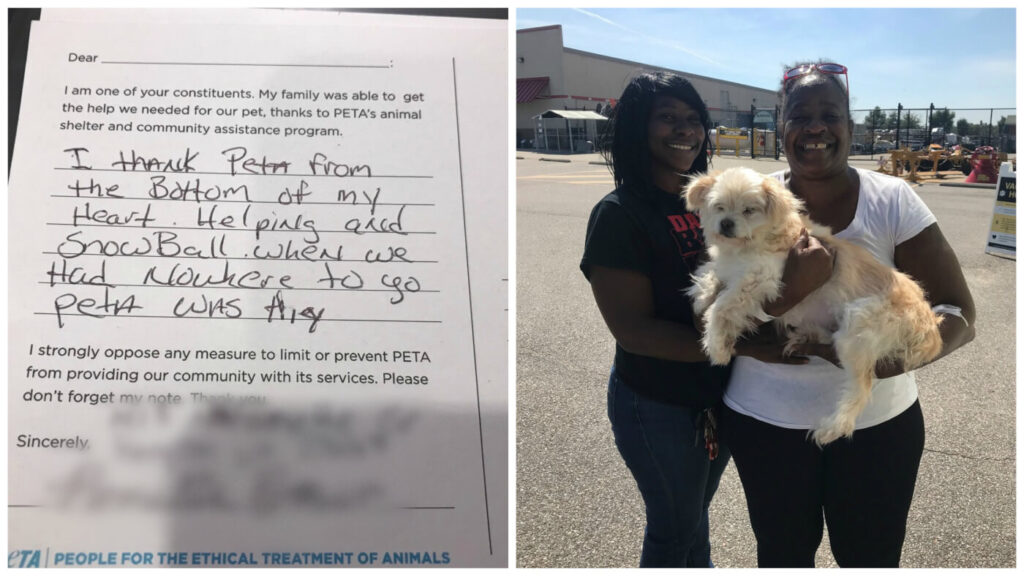
If you want to learn more about PETA’s work, watch the documentary from executive producer Anjelica Huston, Breaking the Chain, which follows fieldworkers with PETA’s Community Animal Project as they visit impoverished areas of Virginia and North Carolina to give care to mistreated animals who—without their help—would continue to suffer or even die. These heroes work on the frontlines of the animal neglect and overpopulation crisis, dedicating their lives to saving the less fortunate and alleviating further suffering against almost unimaginable odds.
Watch Breaking the Chain on Prime Video and Other Platforms
Our motto reads, “Animals are not ours to experiment on, eat, wear, use for entertainment, or abuse in any other way.” One of our goals is to stop the neglect and abuse of cats, dogs, and other companion animals. We work to end the homeless-animal crisis so that dogs and cats don’t have to struggle to survive on the streets, where they can be hit by cars, attacked by other animals or cruel people, succumb to extreme weather, or suffer and die from disease, infection, parasites, starvation, and other conditions. We do everything in our power to protect all animals, no matter what.
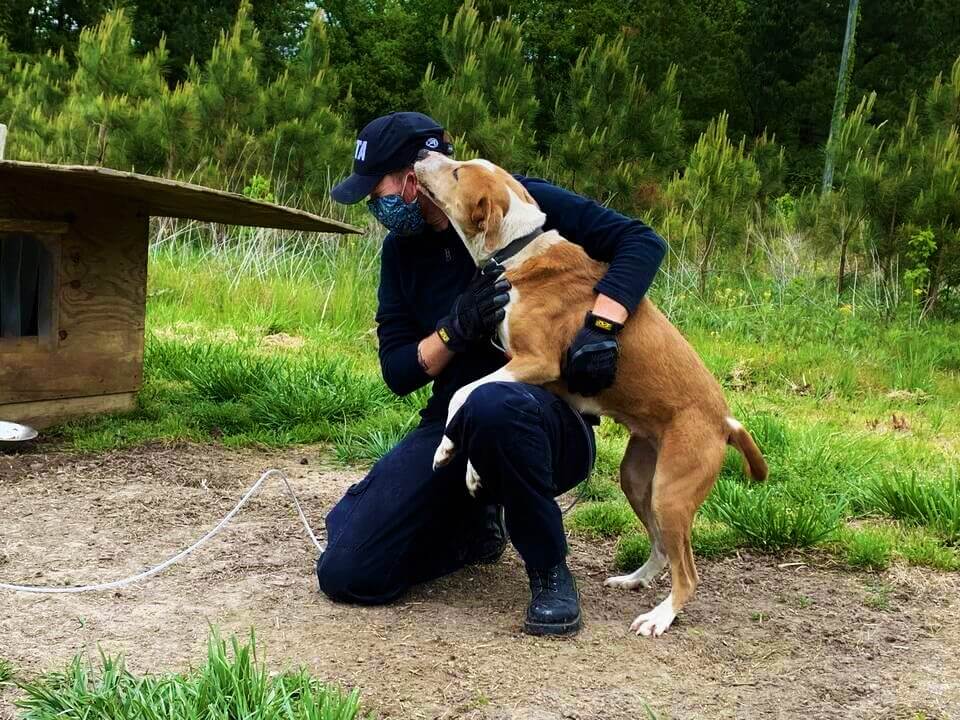
Help dogs, cats, rabbits, and others by never buying an animal from a breeder, a pet store, or anywhere else. If you’re ready to welcome a companion animal into your family, adopting from a shelter is the best option. And tell everyone you know: Spaying and neutering save lives!
Looking for more ways to help? You could sponsor a doghouse through PETA’s doghouse program and donate to our spay/neuter program.
In addition, speak out against selective-admission facilities and turn-away policies every chance you get, take action if your local shelter has become yet another problem for at-risk dogs and cats, and learn how the words you use to describe shelters can hurt animals.